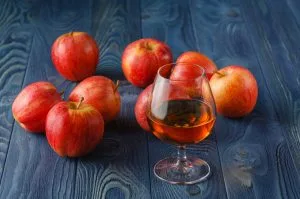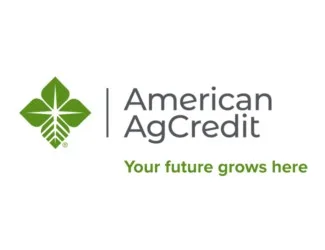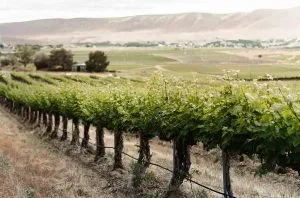Calvados and apples
Calvados is one of the ‘big three’ French brandies along with Cognac and Armagnac. Like its southern cousins, it matures in oak barrels and comes out bearing VS, VSOP and XO labels at two, four and six years, respectively. But where Cognac and Armagnac are based on grapes, Calvados begins life in the orchards of Normandy as apples and pears.
Its 300 producers make about 6 million bottles each year, half of which head overseas. Given this, it might seem odd that the UK doesn’t see more of it. Truth be told, le calva spent the last few decades in the doldrums. Now though its fortunes are on the up. Established brands such as Drouin and Coquerel are driving innovation, while new producers like Avallen and 30&40 have injected fresh energy.
Where is Calvados made?
Calvados is governed by three sets of overlapping AOC regulations. Each one has slightly different rules on the type of still that may be used and the proportion of apples and pears that can go into the mix.
The Calvados AOC is the main appellation and extends over all of Normandy. It is also the broadest, allowing apples and pears in any proportion, distilled in either pots or columns, and aged for at least two years in oak.
Calvados Pays d’Auge covers an area just east of Caen, stretching from Deauville on the coast to about 30km south of Lisieux. Producers here may use at most 30% pears and must only use copper







